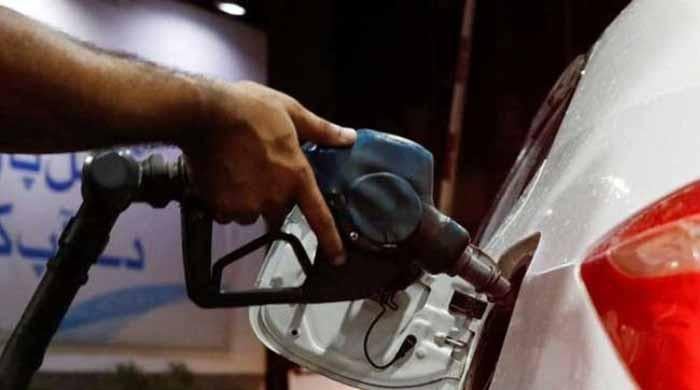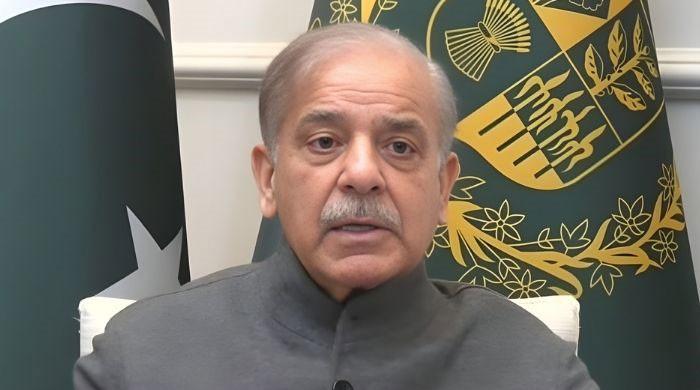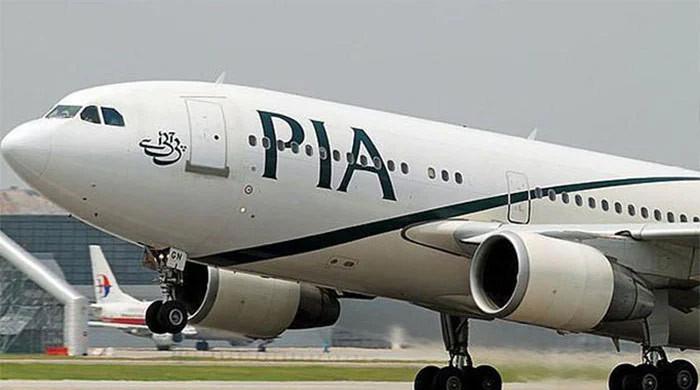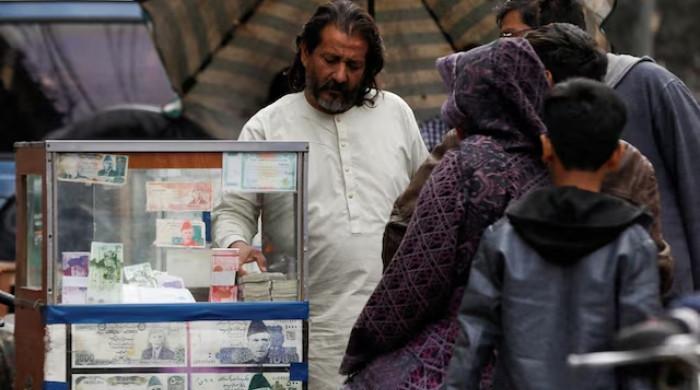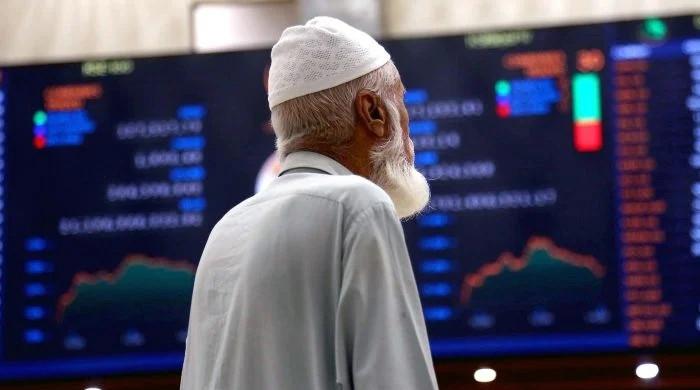How much debt does Pakistan have to repay till June 2023?
Pakistan's full-blown economic turmoil hints that nation of 220m people faces risk of default unless it receives massive support
March 02, 2023
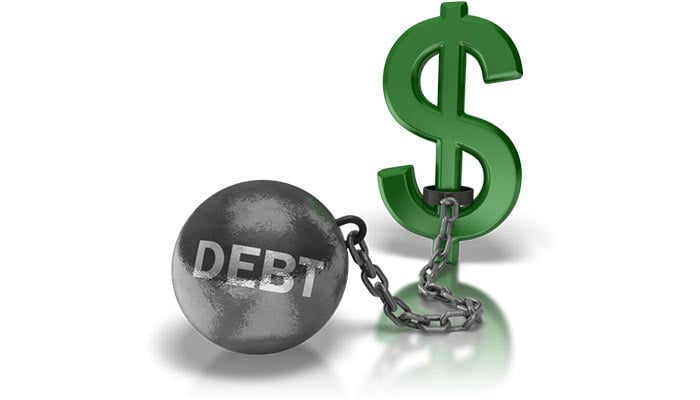
Cash-strapped Pakistan's full-blown economic turmoil, from its massive currency devaluation to skyrocketing inflation, hints that the nation of 220 million people faces the risk of default unless it receives massive support.
While Finance Minister Ishaq Dar’s comments paint a not-so-gloomy image of the $350 billion economy, the economic indicators narrate a completely different angle of the story.
Pakistan is desperately trying to convince the International Monetary Fund (IMF) to release an overdue tranche of $1.1 billion, leaving $1.4 billion remaining in a stalled bailout programme set to end in June.
Both sides have been engaged in virtual and on-ground talks amid a growing number of headaches after November's suspension of disbursements from the current package, which was topped up to $7 billion after the floods.
Meanwhile, a report published in Bloomberg suggested that the bondholders are bracing for a potential default by Pakistan as the beleaguered nation struggles to meet billions of dollars in debt repayments by June.
The nation’s dollar bonds due next year slid to the lowest since November on Thursday as investors weighed its ability to honour $7 billion of repayments in the coming months, including a Chinese loan of $2 billion due in March, according to Fitch Ratings.
Pakistan’s 8.25% bond due April next year dropped 2.2 cents lower to 49.8 cents on the dollar, down for a third straight day. The nation’s external financing needs are estimated to be around $11 billion for the fiscal year ending June, including $7 billion in external debt payments, Moody’s said in a note Wednesday.
The nation needs to repay about $3 billion in dues in the upcoming payments while $4 billion is expected to be rolled over, State Bank of Pakistan (SBP) Governor Jameel Ahmad said in an analyst briefing, adding that the nation is committed to making all debt payments.
“In the current extremely fragile balance of payments situation, disbursements may not be secured in time to avoid a default,” Moody’s analysts led by Grace Lim said in a statement on Tuesday, when the firm cut Pakistan’s credit rating to Caa3.
To get the IMF loan, Pakistan has increased taxes, raised energy prices and allowed the currency to depreciate — all of which risk feeding into inflation, complicating the situation for the monetary authority.
Foreign exchange reserves were at $3.8 billion as of February 24, just enough for less than a month of imports. The dollar shortage is restricting the nation’s ability to fund overseas purchases, stranding thousands of containers of supplies at ports, forcing plant shutdowns and putting tens of thousands of jobs at risk.
Earlier today, the rupee slumped nearly Rs19, or 6.7%, to 285.09 per dollar at the close. Meanwhile, the SBP raised its benchmark interest rate to 20% after a hike of 300 basis points to curtail the inflation spiral — which is the highest level since October 1996.
The IMF funding seems to be the need to the hour as all other financial facilities depend on a single nod from the Washington-based lender. Prime Minister Shehbaz Sharif this week said an agreement with the IMF could be reached within the next few days. Dar said the negotiations “are about to conclude and we expect to sign a staff-level agreement with IMF by next week” in a tweet.
— Additional input from Reuters




